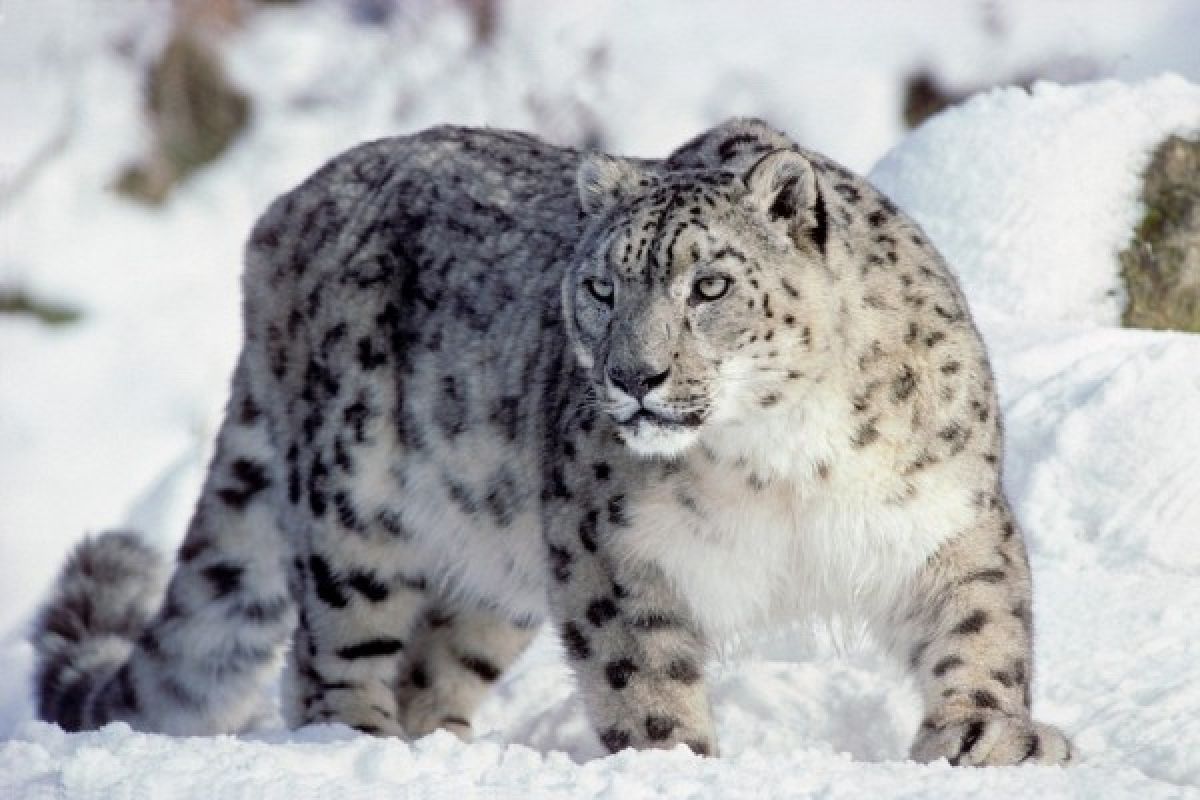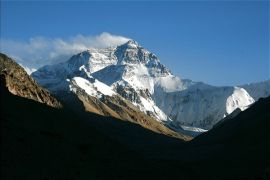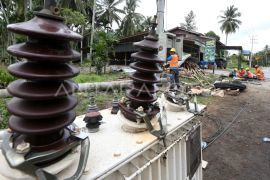Lhapa Tsering, an official with the Administration Bureau of the Qomolangma reserve, said that the Mt. Qomolangma Snow Leopard Conservation Center and the Wildlife Institute of Beijing Forestry University surveyed the population density of wild snow leopards in Dingri and Gyirong counties on the north face of the mountain from October to November of 2015.
They found clear images of snow leopards from seven infrared cameras they had placed in Dingri County last year at an altitude of 4,000 meters, Lhapa Tsering said, adding that the number of the animals recorded has not been calculated so far.
A total of 120 infrared cameras were placed in the wild during last years survey. The remaining 113 cameras are expected to be retrieved by the end of this month, he said as Xinhua News reported.
Gao Yufang, executive director of the Mt. Qomolangma Snow Leopard Conservation Center, said scientists will research the snow leopard population, their prey and habitat after retrieving the cameras in order to come up with more specific protection plans for the animals.
Snow leopards, one of Chinas Class A protected animals, are usually found in the Himalayas in central and south Asia at altitudes between 3,000 and 5,500 meters.
The animal has rarely been seen in the wild over the last century due to loss of habitat and poaching. An estimated 3,500 to 7,000 snow leopards live in the wild worldwide, with about 2,500 to 3,500 in China.
The 8,844-meter-high Mt. Qomolangma, located on the border of China and Nepal, is the worlds tallest mountain.
Editor: Priyambodo RH
Copyright © ANTARA 2016












